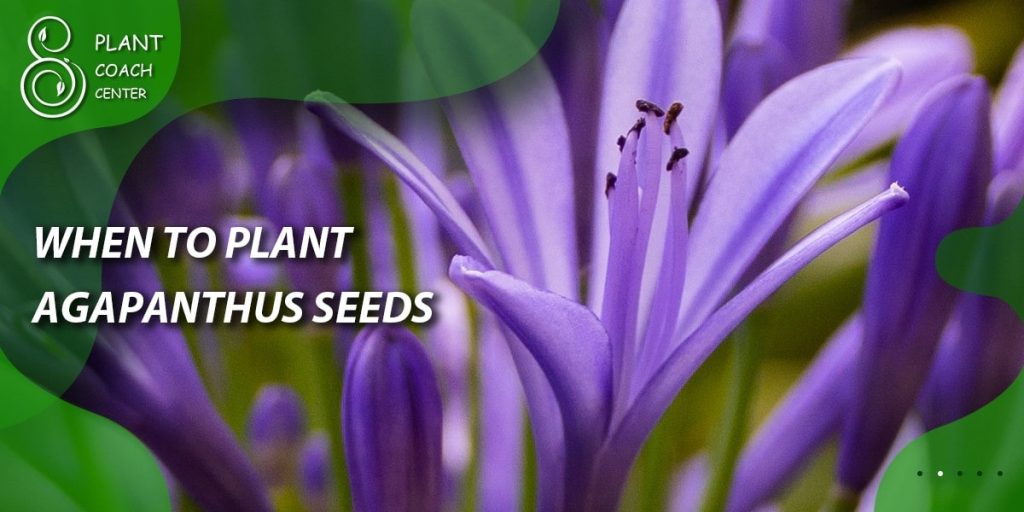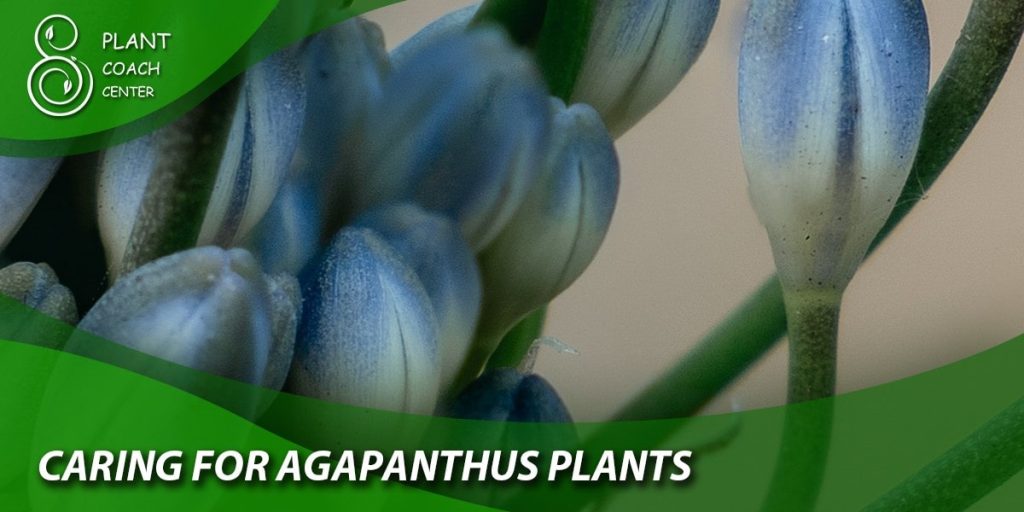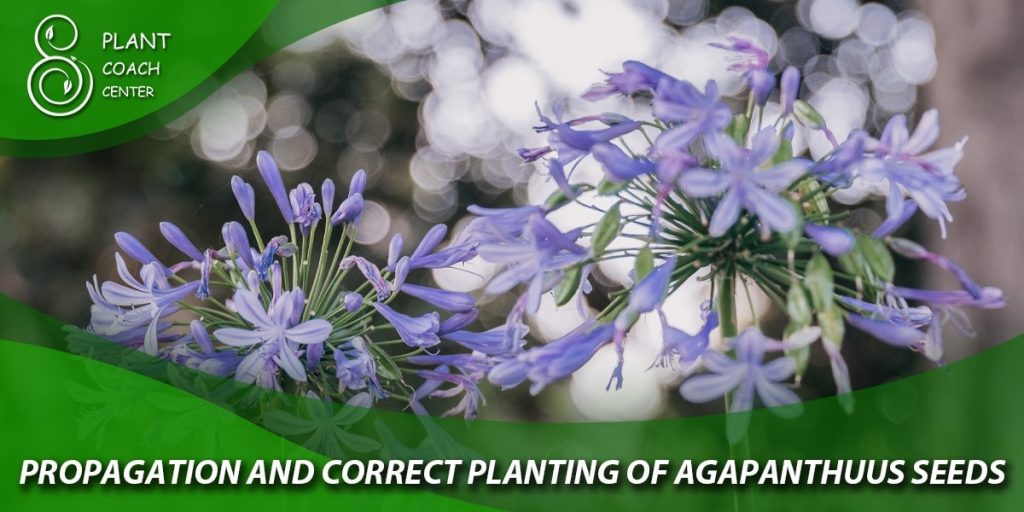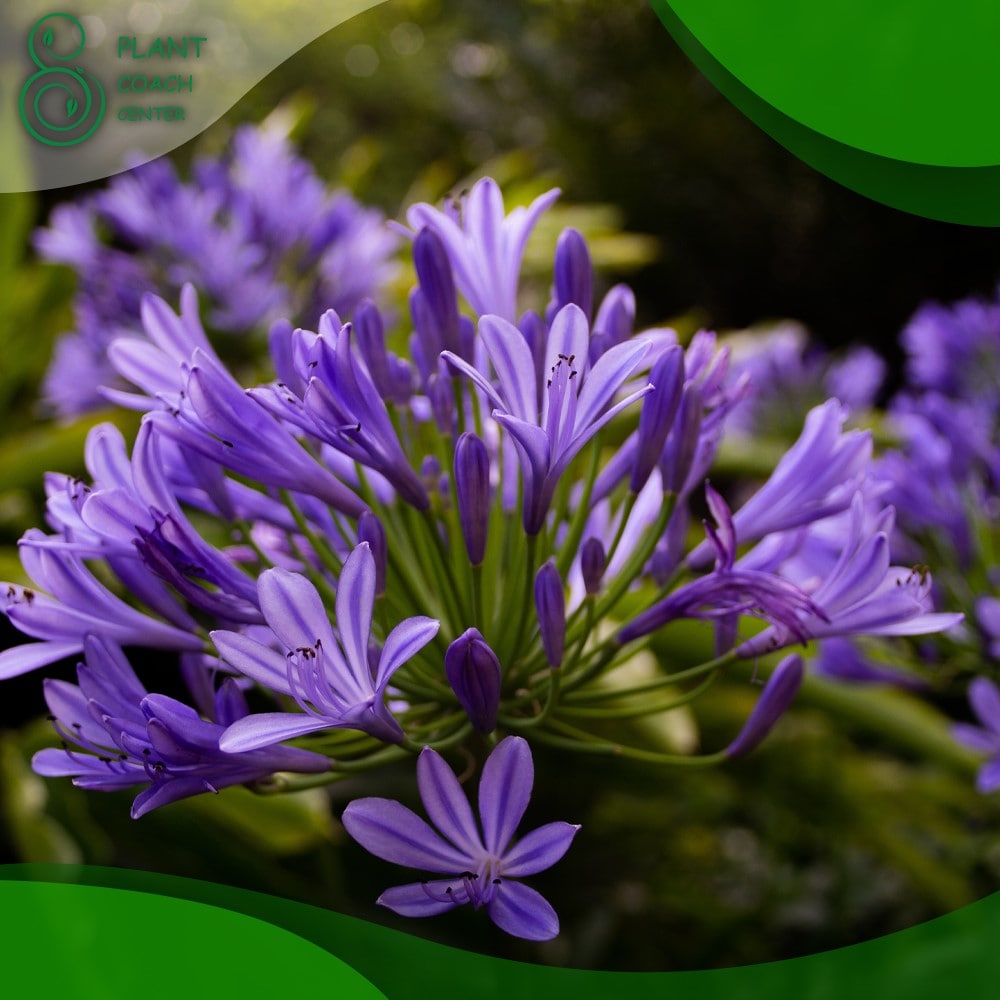When to Plant Agapanthus Seeds
As a gardener, you know that growing plants can be a rewarding and fulfilling experience. However, it can also be a challenging task, especially when it comes to knowing when to plant specific types of seeds. In this article, we will discuss when to plant agapanthus seeds for successful growth.
We will cover the different types of agapanthus plants, their growing conditions, and tips for successful propagation, planting, and care. Additionally, for those who need more in-depth guidance, plantcoachcenter.com is an excellent resource for plant coaching and plant problem-solving.

If you’re a fan of beautiful, flowering plants with eye-catching hues, then agapanthus plants are an excellent option for your garden. These plants are easy to grow and maintain, and they produce long-lasting, striking blooms in shades of blue, purple, and white. One of the best ways to propagate agapanthus plants is by planting agapanthus seeds. In this comprehensive guide, we’ll cover everything you need to know about when to plant agapanthus seeds for successful growth.

Understanding Agapanthus Plants
Before we dive into the specifics of planting agapanthus seeds, it’s important to understand the characteristics of agapanthus plants. Agapanthus plants are native to South Africa and are also known as African lilies. They are herbaceous perennials that can grow up to 4 feet tall, depending on the variety. Agapanthus plants produce long, strap-like leaves and clusters of flowers on tall stalks. They prefer well-drained soil and full sunlight, but they can also tolerate partial shade.
Different Varieties of Agapanthus and Their Specific Growing Requirements
There are several varieties of agapanthus plants, each with its own specific growing requirements. Here are some of the most common varieties and their characteristics:
– Agapanthus africanus: This variety is the most common and produces blue or white flowers on tall stalks. It prefers full sunlight and well-drained soil.
– Agapanthus praecox: This variety produces blue or white flowers in a ball-shaped cluster and prefers partial shade.
– Agapanthus orientalis: This variety produces blue or white flowers on tall stalks and prefers full sunlight.
Common Problems That Can Occur with Agapanthus Plants
Despite being relatively easy to grow, agapanthus plants can still face some common problems. Here are some of the most common issues and how to address them:
– Overwatering: Agapanthus plants prefer well-drained soil and can suffer from root rot if they are overwatered. To avoid overwatering, make sure the soil is allowed to dry out between waterings.
– Pests: Agapanthus plants can be susceptible to pests such as aphids, snails, and slugs. To address pest problems, use insecticidal soap or other natural pest control methods.
– Disease: Agapanthus plants can be susceptible to diseases such as leaf spot and fungal infections. To avoid disease, make sure to plant agapanthus plants in well-drained soil and avoid overcrowding.
Propagating Agapanthus Plants
One of the best ways to propagate agapanthus plants is by planting agapanthus seeds. Here are some tips for successfully propagating agapanthus plants with seeds:
Techniques for Propagating Agapanthus Plants
– Collecting seeds: To collect agapanthus seeds, wait until the flowers have faded and the seed pods have formed. The seed pods will be brown and papery. Harvest the pods and allow them to dry out for a few days.
– Separating seeds: Once the pods have dried out, open them up and separate the seeds. Store the seeds in a cool, dry place until you’re ready to plant them.
– Scarifying seeds: Some agapanthus seeds have a hard outer shell that can make it difficult for the seed to germinate. To improve germination, scarify the seeds by nicking the outer shell with a sharp knife or rubbing them with sandpaper.
– Soaking seeds: Soak the seeds in water for 24 hours before planting to help soften the outer shell and improve germination.
When to Propagate Agapanthus Plants
The best time to propagate agapanthus plants is in the spring or fall. This gives the plants time to establish themselves before the hot summer months or cold winter months.
Tips for Successful Propagation of Agapanthus Plants
– Start with healthy plants: Make sure the parent plant is healthy and free from pests and diseases before collecting seeds.
– Use fresh seeds: Agapanthus seeds have a short shelf life, so it’s best to use fresh seeds for the highest chance of success.
– Use a good quality potting mix: Use a well-draining potting mix to avoid overwatering and root rot.
– Provide proper sunlight: Agapanthus plants need full sunlight to thrive, so make sure to plant them in an area that receives at least 6 hours of sunlight per day.

Planting Agapanthus Seeds
Now that you have successfully collected and prepared your agapanthus seeds, it’s time to plant them. Here are some steps for successful planting of agapanthus seeds:
Overview of Agapanthus Seeds and Their Characteristics
Agapanthus seeds are small and black. They have a hard outer shell that can make it difficult for the seed to germinate without scarification.
Preparing the Soil for Agapanthus Seeds
– Choose a well-draining soil: Agapanthus plants prefer well-draining soil to avoid root rot.
– Add compost:Adding compost to the soil can help improve soil structure and provide nutrients for the seeds.
– Avoid fertilizers: Avoid using fertilizer when planting agapanthus seeds as this can harm the delicate seedlings.
When to Plant Agapanthus Seeds
The best time to plant agapanthus seeds is in the spring or fall when the weather is mild and the soil is warm.
Steps for Planting Agapanthus Seeds
– Sow the seeds: Sow the seeds in the soil at a depth of about twice the size of the seed.
– Water the soil: Water the soil thoroughly to ensure that it is moist but not waterlogged.
– Cover the soil: Cover the soil with a layer of mulch to help retain moisture and prevent weeds.
– Provide proper sunlight: Agapanthus plants need full sunlight to thrive, so make sure to plant them in an area that receives at least 6 hours of sunlight per day.
Tips for Successful Planting of Agapanthus Seeds
– Keep the soil moist: Agapanthus seeds need moist soil to germinate, so make sure to keep the soil moist but not waterlogged.
– Protect from frost: If planting in the fall, protect the seedlings from frost with a layer of mulch or a frost cloth.
– Transplant seedlings: Once the seedlings have grown to a few inches tall, transplant them into individual pots or into the garden.

Caring for Agapanthus Plants
Once your agapanthus plants have been successfully propagated and planted, it’s important to provide proper care to ensure that they continue to thrive. Here are some tips for caring for agapanthus plants:
Watering Requirements for Agapanthus Plants
– Water deeply: Water agapanthus plants deeply but infrequently to encourage deep root growth.
– Avoid overwatering: Overwatering can lead to root rot, so make sure to allow the soil to dry out between waterings.
– Water in the morning: Water agapanthus plants in the morning to avoid fungal growth and to allow the leaves to dry before nighttime.
Fertilizing Requirements for Agapanthus Plants
– Use a balanced fertilizer: Use a balanced fertilizer with equal parts nitrogen, phosphorus, and potassium to promote healthy growth and flowering.
– Fertilize in early spring: Fertilize agapanthus plants in early spring before they begin actively growing.
– Avoid over-fertilizing: Over-fertilizing can lead to burnt foliage and reduced flowering.
Pruning and Shaping Agapanthus Plants
– Deadhead spent blooms: Deadhead spent blooms to encourage continuous blooming.
– Cut back foliage: Cut back the foliage in the fall to prepare for winter dormancy.
– Divide plants: Divide agapanthus plants every few years to prevent overcrowding and promote healthy growth.
Common Problems That Can Occur with Agapanthus Plants and How to Address Them
– Overwatering: To avoid overwatering, make sure the soil is allowed to dry out between waterings.
– Pests: Use insecticidal soap or other natural pest control methods to address pest problems.
– Disease: To avoid disease, make sure to plant agapanthus plants in well-drained soil and avoid overcrowding.

Harvesting Agapanthus Seeds
Finally, once your agapanthus plants have bloomed, you can harvest the seeds for future propagation. Here are some tips for harvesting agapanthus seeds:
When to Harvest Agapanthus Seeds
Harvest agapanthus seeds when the flowers have faded and the seed pods have formed.
Steps for Harvesting Agapanthus Seeds
– Harvest the seed pods: Cut the seed pods from the plant and allow them to dry out for a few days.
– Separate the seeds: Open the seed pods and separate the seeds.
– Store the seeds: Store the seeds in a cool, dry place until you’re ready to plant them.
Tips for Successful Harvesting of Agapanthus Seeds
– Harvest seeds from healthy plants: Make sure to harvest seeds from healthy plants to ensure the highest chance of success.
– Use fresh seeds: Agapanthus seeds have a short shelf life, so it’s best to use fresh seeds for the highest chance of success.

Conclusion
In conclusion, agapanthus plants are a beautiful addition to any garden, and planting agapanthus seeds is a great way to propagate these stunning plants.
By understanding the characteristics and growing requirements of agapanthus plants, properly propagating and planting agapanthus seeds, and providing proper care and maintenance, you can enjoy these eye-catching flowers for years to come. For additional plant coaching and resources on addressing plant problems, visit plantcoachcenter.com.
When should I plant agapanthus seeds?
Spring.
What is the best time for agapanthus seed planting?
Early spring.
When can I sow agapanthus seeds?
In springtime.
What season should I plant agapanthus seeds?
Spring.







